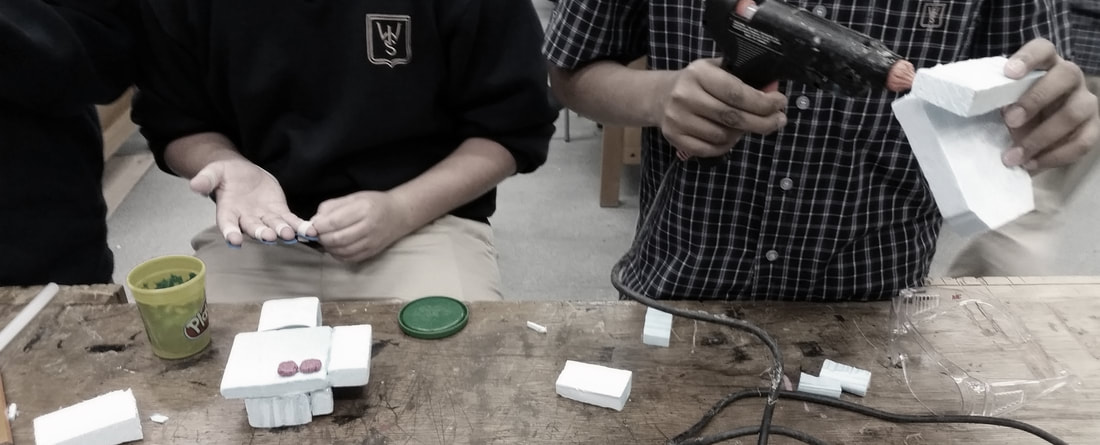|
Developing a maker culture - problem finding not just problem solving
We can only offer the students so much within the constraints of the classroom, a space where students are often told what to design, how to design and who to design with. A class is a forced community, a space where risk-taking is stifled by assessment and a rigid curriculum is imposed. If we are to embrace maker principles within our schools we need to create and equip spaces and then open them up to students to tinker, repair, design and hack. Allowing a maker community to form is integral to developing a maker culture in schools, and to do this we must allow our students the freedom and time to inquire, create and find stuff out. Watching authentic communities of thinkers, hackers, engineers, designers and innovators form organically is key to developing a maker mindset. One question I hear often is how can educators prepare our students for the future? The question we should be asking is; how can we create a culture in which our students prepare themselves for the future. |
Technology in education - developing curiosity through choice - student agency
Technology can be a tough one to teach. Some students will want to race ahead and some will find a task too difficult or boring. Technology changes so fast that a project or scheme of work will lose appeal or become outdated in only a few years. Students should be the creators of content, not consumers of content, and by giving students choice of task they become more engaged in technology. Giving students agency in what they learn and how they learn can be a powerful motivator and engage curiosity through choice. Using a 'Freelearning' approach, students can follow a map of learning activities; choosing who they work with, what they learn and at the pace they want to, and by offering the role of co-constructors of a curriculum, the responsibility for adapting, changing and keeping content relevant falls on the student not the teacher - giving them real 'voice and choice'. |
|
The value of authentic design - designing for a reason Authentic design means students becoming deeply and emotionally involved in a design task through developing an understanding of problems on a local or global level. Encouraging students to design for a reason can be a powerful motivator, and even more so when they are tasked to help others. Young people are intrinsically good people and when tasked to design empathetically and to help others in some way, will engage deeply and emotionally with design. |
Design (Re)Thinking Design Thinking can be a valuable tool for developing a maker mindset; key capabilities such as empathy, resilience, adaptability, resilience and entrepreneurship. I am particularly interested in engaging teachers outside design to use Design Thinking as a model for curriculum design, after all a prototype does not have to mean a model, it can also be a draft, a performance, an experiment or a hypothesis. By rethinking the language behind Design Thinking it is possible to empower teachers to use this powerful model to plan and deliver authentic and meaningful projects for learners. |
